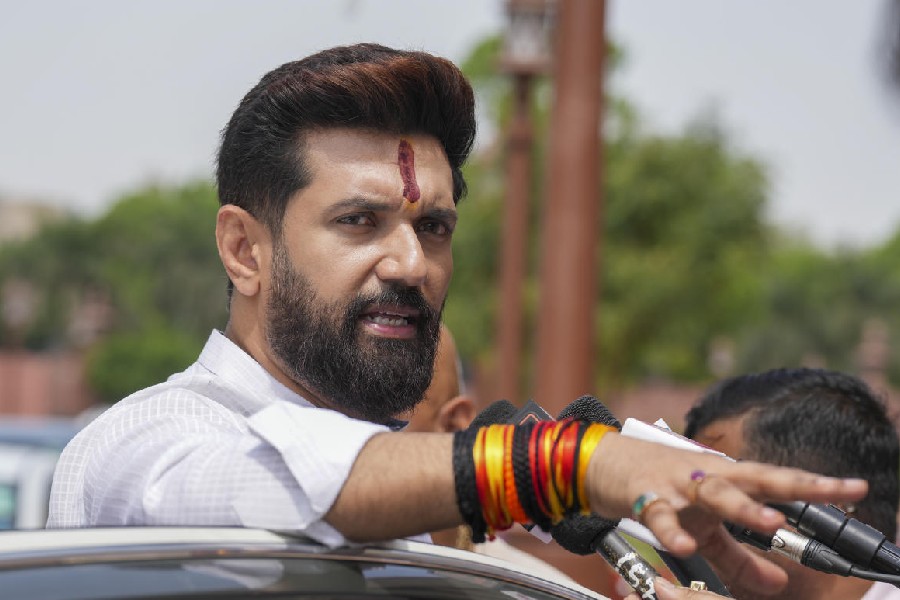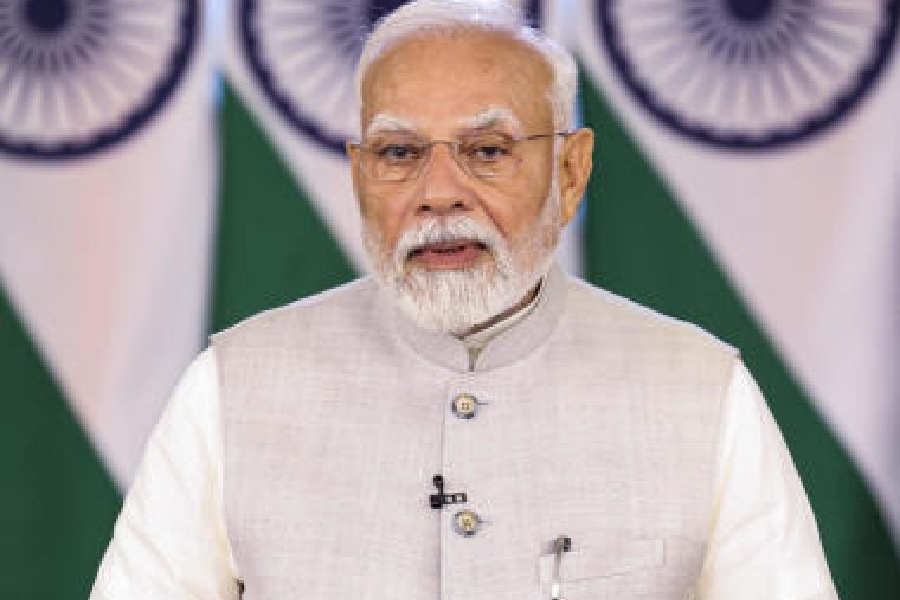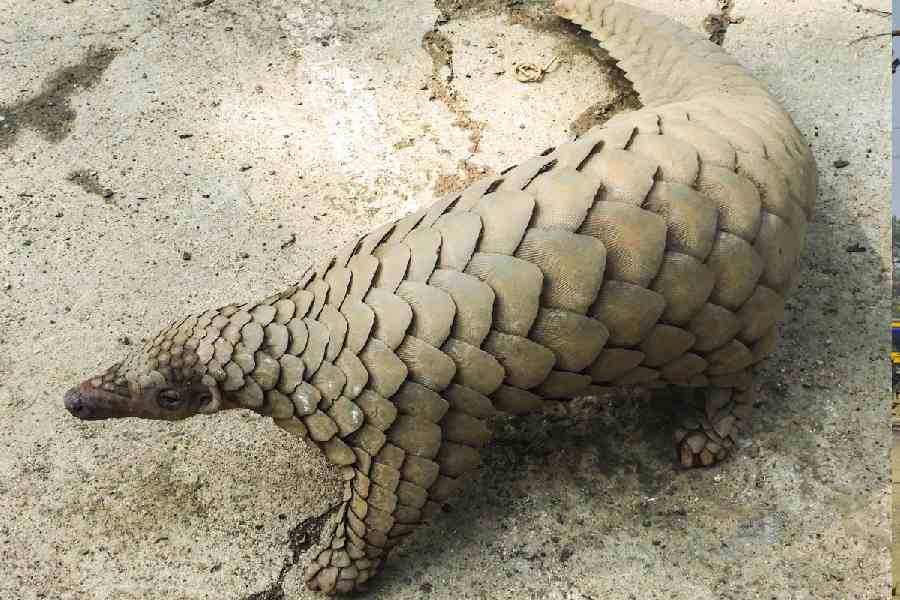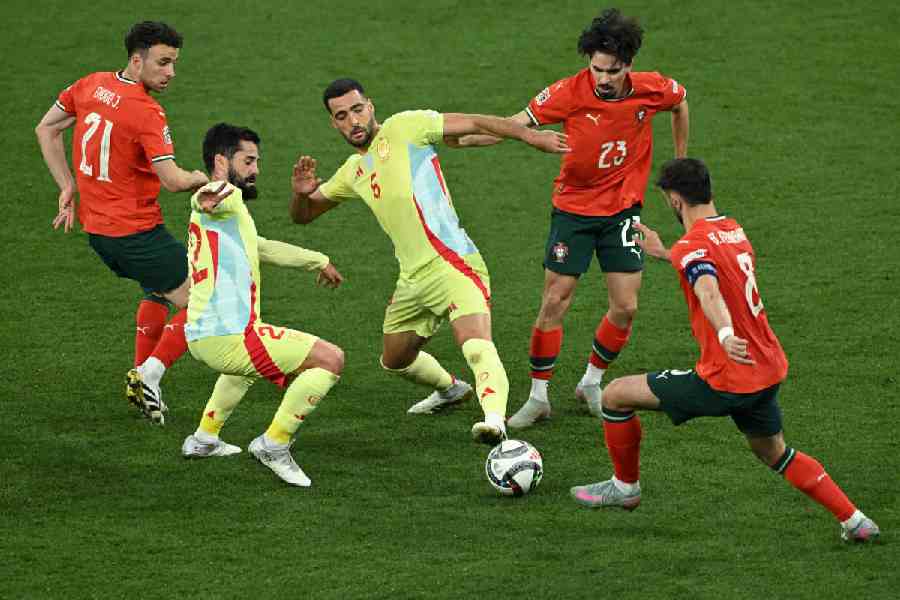
Berhampur: Two princesses - Sulakhyana Gitanjali Devi of Dharakote in Ganjam district and Kalyani Devi of Paralakhemundi in neighbouring Gajapati district - take on the mantle of their father and perform rituals associated with the car festival.
As the royal families in undivided Ganjam district patronised or built the Jagannath temples, their descendants are performing this service to Jagannath following the tradition of Gajapati of Puri. But Sulakhyana Gitanjali Devi and Kalyani Devi are two exceptions.
Sulakhyana Gitanjali Devi was crowned the symbolic "Raja Saheba" of Dharakote after the death of her father Kishore Chandra Singh Deo in 2010. She would perform the chhera pahanra (symbolic sweeping) of the chariot for the ninth time this year. The mukti mandap (altar of the high priests) at the Sri Jagannath temple in Puri had also declared her right to do so.
Jaya Singh built the temple of Lord Jagannath in Dharakote during his rule from 1732 to 1758 and the rath yatra began there since then. Another interesting feature is that the chariots at Dharakote would be pulled one day late - on July 15 instead of July 14 - to Sri Gundicha. The return journey of the deities, known as bahuda yatra, is also to be observed a day late at these two places on July 23. The delayed rath yatra in Dharakote was observed to facilitate the royal family members to take part in Puri rath yatra and come back to their kingdom in one day, sources from the royal family said.
Kalyani Devi, the daughter of Paralakhemundi Maharaja Gopinath Gajapati Narayan Deo, 74, also famous as "Rajkumari", performed the chhera pahanra at Paralakhemundi for the first time last year on behalf of her ailing father. Gopinath Gajapati is ailing and is under treatment at a private hospital in Bhubaneswar.

(Gopal Krishna Reddy)
The Jagannath temple in Paralakhemundi, which was built 273 years ago in 1745AD, was demolished on December 2, 2014, by Maharaja Gopinath Gajapati to replace it with a new temple. The construction of the new temple is going on and is expected to be completed within three years, said Kalyani Devi. The total cost of the Jagannath Temple, Mahalaxmi Temple and the Biraja Temple in the same complex has been estimated at Rs 8 crore and all the temples would be built in stone. Kalyani Devi has already started the process to contact ten top industrialists and influential persons of the country to build this temple within three years. Heritage conservation consultant B.K. Rath, who worked as the superintendent of state archaeology and state archives earlier, is the consultant for this temple project.
The rulers of Paralakhemundi assumed the high-sounding titles of "Virashree-Shree-Gajapati-Goudeswara-Navakoti-Karnata-Kalavargeswara-Biradhibira-Sri-Sri Sri Gajapati" unlike that of the Puri Maharaja. The rulers of Paralakhemundi instead of visiting Lord Jagannath temple Puri, worshipped Lord Jagannath after bringing the idol from Jiranga and constructed a temple at Paralakhemundi. The cult of Jagannath, the pride, prestige and dignity of Odisha's culture and thought, was adopted by the ancient sabaras. The saoras living around historic Mahendragiri worshiped Jagannath, Balabhadra and Subhadra in "daru" form. At present, there are several images of Jagannath around the Saora-dominated hill ranges. The places apart from the Mahendragiri, which boast of having the idols of Jagannath are Narayanpur, Jiranga, Ramagiri, Namanagada, Sabagada, Saripalli, Gangarajpur and several others.











